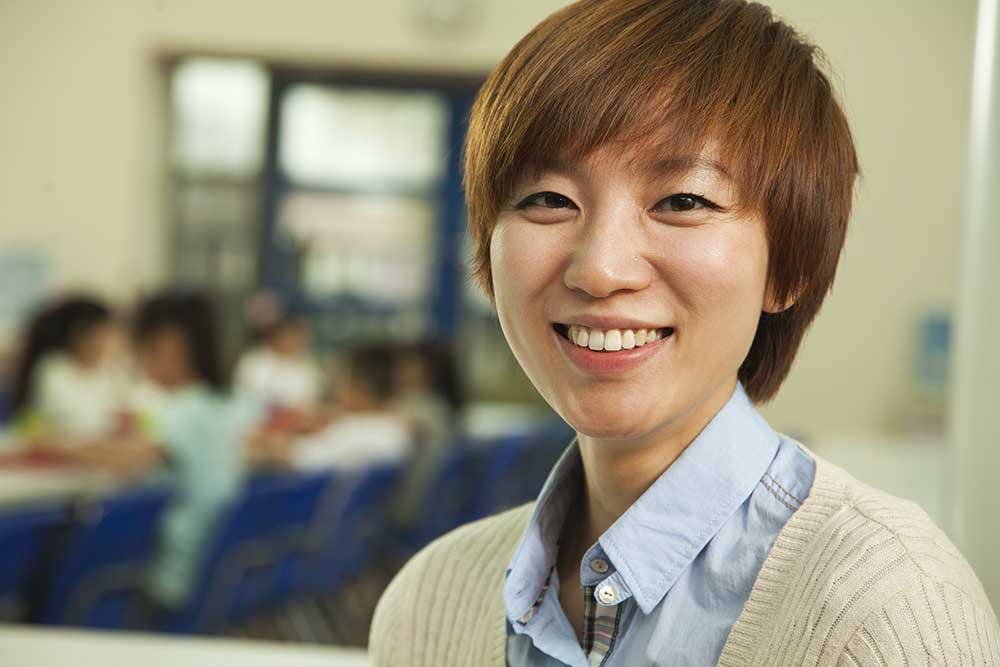Disclaimer: The information on our website is provided for general information purposes only. We make no representations or warranties of any kind, express or implied, about the completeness, accuracy, reliability, suitability or availability with respect to the website or the information contained on our website for any purpose. Any reliance on such information is therefore strictly at your own risk and we are not liable for any damages or losses arising out of or resulting from your reliance on any information contained on our website.
Elementary, middle, and high school principals work year-round in private and public schools managing school operations and day to day school activities. They oversee school staff and teachers, coordinate curriculum, and provide students with a safe and productive environment to learn. Principals also counsel students, set up academic goals, and implement standards and programs set by the school district, state, and/or federal regulations. Elementary, middle, and high school principals serve as the public face of their school.
Watch a video to learn what a principal does:
How to Become a Principal

An elementary, middle, and high school principal must earn a master’s degree in educational administration or leadership. However, prior to starting a graduate degree program must have several years of work experience as a teacher and have a bachelor’s degree in education, school counseling, or a related field.
The master’s degree programs prepare you to work with parents and the community, manage teachers and staff, set goals, and prepare and manage budgets. Most states require public school principals to be licensed as school administrators and although requirements vary by state, most require a master’s degree and usually require a principal to pass a background check and pass an exam. An exception would be principals working in private schools. It is not mandated that they have a state-issued license, though some still do.
Job Description of a Principal
Elementary, middle, and high school principals manage all school operations and activities. They oversee teachers and other staff and class schedules. They implement curriculum standards set by the school district, state, and/or federal regulations. They ensure the teachers have the necessary resources and equipment to reach the school’s academic goals.
A principal counsels and disciplines students or may assist teachers in managing students behavior. They meet with parents and teachers to discuss the student’s behavior and progress. In addition they address and resolve concerns of parents and community members when possible. He or she organizes professional development programs and workshops for staff and observe teachers and classroom activities.
A principal has the responsibility of managing the school’s budget, ordering school supplies, and arranging maintenance schedules. They must ensure proper school security and procedures for teachers, students, staff, and visitors. Principals are the public face of the school, they must meet with superintendents, legislators, and community members to explain or request school funding.
Principals work full time and frequently are attending school functions or community events that may affect or involve their school district. Most work in public schools however, there are also private schools such as charter or magnet schools that they may work in as well. Principals often attend sporting events, concerts, and plays that their students perform in. They work year-round and do not have the summers off, as they are often preparing for the upcoming school year.
Principal Career Video Transcript
Principals have a challenging leadership position; not only do they oversee the work of all teachers in a school, but they also have a critical responsibility to students, parents, community members, and government policymakers. Elementary, middle, and high school principals manage all school operations, including daily school activities, building maintenance, and food service. It’s their duty to provide a safe and productive learning environment and see that their school meets performance standards.
Principals set academic goals and ensure that teachers have the equipment and resources to meet them. The duties of principals vary; in small schools or districts, principals take on all leadership roles, while in larger settings, they have help from other staff coordinating teacher assignments and schedules, hiring, and professional development for teaching staff.
Many schools have assistant principals, who may handle aspects of school leadership such as student safety, academic counseling, or enforcing disciplinary and attendance rules. They may also coordinate buses or supervise building and grounds maintenance. Principals work in public and private elementary, middle, and high schools. Most principals work full time, year-round, and may work evenings and weekends at school functions or meetings with parents and community members. For most positions, principals need a master’s degree in education administration or leadership and several years of teaching experience.
Article Citations
Bureau of Labor Statistics, U.S. Department of Labor, Occupational Outlook Handbook, Elementary, Middle, and High School Principals.
The career video is in the public domain from the U. S. Department of Labor, Employment and Training Administration.

